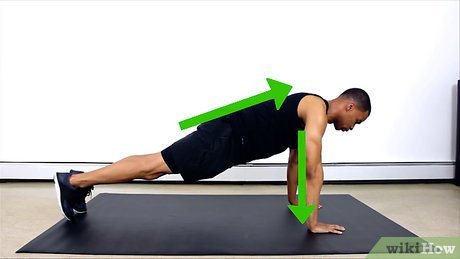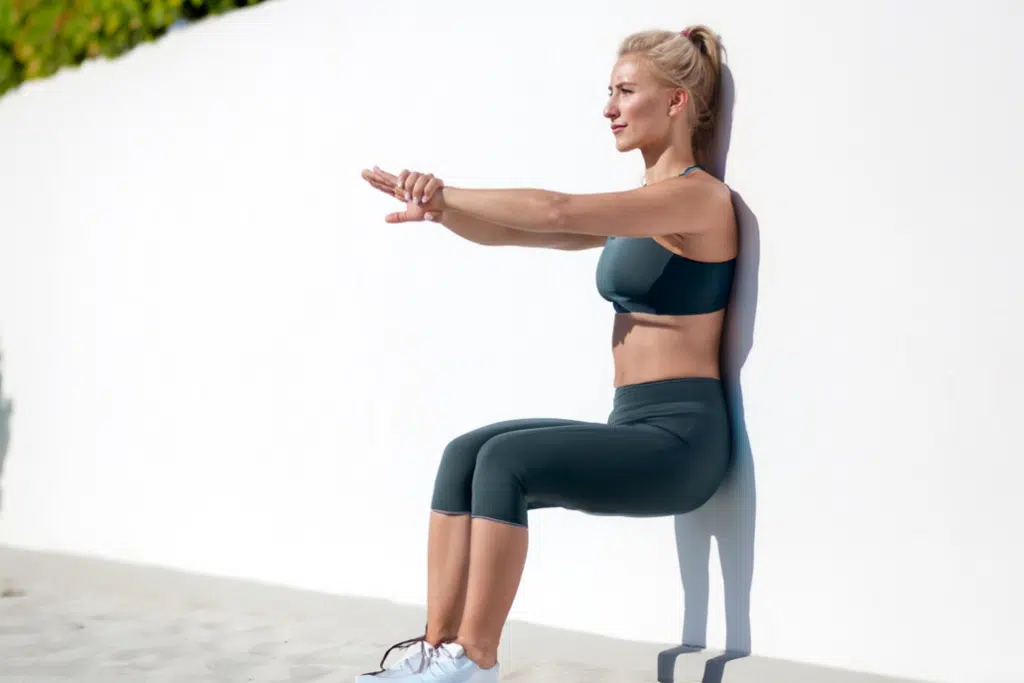You don’t need to spend hours in the gym or invest in expensive equipment to maintain good health. According to Dr. Sudhir Kumar, a neurologist at Apollo Hospitals in Hyderabad, regular movement in the form of simple exercises can go a long way in keeping you physically fit, mentally alert, and free of lifestyle-related illnesses.
Dr. Kumar shared five easy exercises you can do each day to improve your overall well-being. These exercises are beginner-friendly, effective, and don’t require you to be a fitness expert. Let’s take a closer look at what these exercises are and why they matter.
1. Take a Daily 30-Minute Walk

Walking is one of the most accessible ways to exercise. Just 30 minutes of walking a day offers big health benefits. In fact, walking 2,500 steps daily can lower your chances of dying from any cause by 8 percent. Walking 2,700 steps per day can reduce your risk of heart disease by 11 percent. These benefits increase further if you walk up to 9,000 steps daily.
Walking improves your heart health, boosts circulation, helps manage your weight, reduces stress, lifts your mood, and keeps your joints moving well.
To get started:
- Wear comfortable shoes
- Choose a safe and quiet walking route
- Use a fitness tracker or phone app to count steps
- Invite a friend or listen to music to stay motivated
Start with short walks and gradually increase your distance. Even ten-minute walks spread across your day can make a difference.
2. Climb 50 Stair Steps a Day

Climbing stairs helps strengthen your heart and lungs. According to Dr. Kumar, people who climb more than 50 stair steps a day have a 20 percent lower chance of suffering a heart attack or stroke.
Stair climbing is an excellent cardiovascular workout. It tones your legs and hips, increases your heart rate, improves endurance, and helps burn calories quickly.
To incorporate stair climbing:
- Take the stairs instead of the elevator or escalator
- Set a target of steps and spread them across your day
- Begin with small goals, like 10 steps at a time
- Use proper posture to avoid strain on your knees
This exercise can easily fit into your routine at work, home, or public places. It doesn’t require extra time or equipment.
3. Do 10 or More Push-Ups

Push-ups are a powerful exercise for upper body strength. Dr. Kumar noted that doing more than 10 push-ups at once is linked to a lower risk of cardiovascular diseases. People who can do 40 push-ups in one go enjoy the greatest benefits.
Push-ups target your chest, shoulders, arms, and core muscles. They improve muscle tone, posture, balance, and endurance.
To begin:
- Try wall push-ups or knee push-ups if full push-ups are difficult
- Practice good form by keeping your back straight and core tight
- Track your progress and aim to increase your repetitions weekly
Push-ups can be done anytime, anywhere. They require no equipment and just a few minutes of your day.
4. Try Wall Sits and Planks

These static exercises involve holding a position to build muscle strength. Both wall sits and planks are known to reduce blood pressure and may lower the risk of hypertension.
Wall sits work your thighs, hips, and glutes, while planks strengthen your core muscles and improve spine stability.
To try wall sits:
- Stand with your back against a wall
- Slide down until your knees form a right angle
- Hold the position for 30 seconds and build up over time
To try planks:
- Get into a push-up position but rest on your elbows
- Keep your back straight and core tight
- Hold the position for 20 to 30 seconds and gradually increase
Doing these exercises consistently will improve your posture, stability, and muscular endurance.
5. Perform Isometric Neck and Back Extension Exercises

These exercises help prevent neck and back pain, especially for people who sit for long periods. They target the muscles supporting your spine and can reduce the risk of disc issues in the cervical and lumbar regions.
Isometric exercises are those where your muscles work without movement. In neck and back extensions, you hold a position that strengthens your muscles and improves flexibility.
To do isometric neck extensions:
- Sit or stand upright
- Gently push your head back against your hand or a surface
- Hold for 5 to 10 seconds and repeat
To do back extensions:
- Lie face down on the floor
- Lift your upper body slightly off the ground and hold for 5 to 10 seconds
- Repeat several times
These exercises are especially useful for office workers or students who spend long hours at a desk.
What the Experts Say
Dr. V V Satyanarayana E, a joint replacement and arthroscopy surgeon at Gleneagles Aware Hospital, Hyderabad, says these exercises can provide significant health benefits when done daily.
Here’s a quick overview of how each exercise benefits your body:
| Exercise | Primary Benefits |
|---|---|
| 30-minute walk | Improves heart health, mood, joint movement |
| Climbing 50 stair steps | Boosts cardiovascular fitness, leg strength |
| 10 or more push-ups | Builds upper body strength, posture, endurance |
| Planks and wall sits | Strengthen core and lower body, reduce blood pressure |
| Neck and back extensions | Prevent neck and back pain, improve spinal health |
Combined, these movements create a complete workout for your heart, muscles, joints, and spine.
Getting Started Safely
Before starting a new exercise routine, it’s always smart to talk to your doctor—especially if you have existing health problems or are recovering from an injury. These exercises are safe for most people and don’t require any fancy gear or gym membership.
Consistency matters more than intensity. It’s better to do these exercises daily for 10 to 30 minutes than push hard once a week.
If you’re just starting, keep things simple:
- Focus on form, not speed
- Rest between sets
- Increase your reps slowly
- Listen to your body
Doing these exercises regularly may help you avoid chronic conditions, reduce stress, and improve your energy.
Final Thoughts
Good health is built through small, repeated actions. While eating well is important, moving your body daily is just as crucial. These five exercises give you a straightforward way to take care of yourself. They’re easy, effective, and backed by medical advice.
Try adding walking, stair climbing, push-ups, planks, and neck/back exercises to your routine. You’ll begin to notice improvements in your energy, posture, and mood—and your heart will thank you, too.
Would you like this turned into a printable checklist, social media carousel, or blog layout? I can do that as well.















